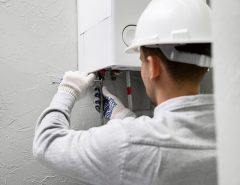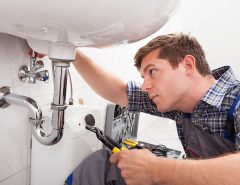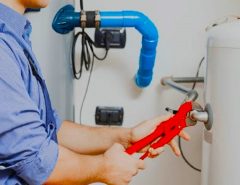Do you have any idea what you need to do to make sure that your sewer and septic system run as smoothly as possible during any construction project or building renovation? Checking for leaks, cracks and other problems in your plumbing system is a very important first step, but many people don’t think about the next step: how do you know that you’ve done everything possible to ensure that your system works as efficiently as it can? In the case of sewage systems, ensuring that your pipes are properly constructed, inspected, maintained and cleaned from all types of debris is absolutely necessary. For information on CCTV Surveys Cheltenham, visit Drainawayenviro

Before checking for leaks, cracks, and other problems in your drainage system, make sure to run the water out of the house. Most leaks will go away within a week of being closed. To check for leaks, start by turning off the main supply line to the house and then running a few test pipes, one at a time, through each pipe to determine whether it’s leaking. Run one through the main sewer line first, then one more through a sewer backup line. If none of them seem to be leaking, then it’s likely that the main sewer line is leaking.

Once you’ve found out if there is leaking in one or both of your main sewer lines, find out if there is leaking in your basement drains as well. The basement drains that run under your house usually aren’t designed to drain excess rainwater. If you see water in your basement drainage, it could be a sign of a more serious problem such as blocked drains or pipe breakages.





Leave a Reply
You must be logged in to post a comment.